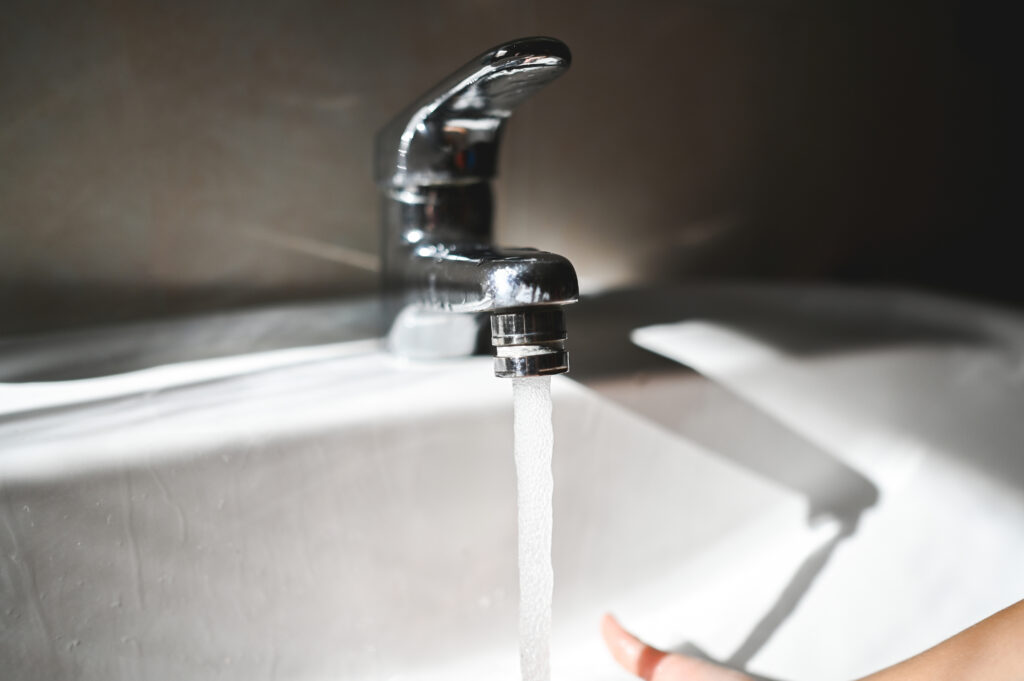Florida’s Fluoride Ban: What It Means for Your Drinking Water
Quick Summary: Florida has passed a bill to ban fluoride additives in public drinking water, with potential impacts on dental health and water treatment practices. The blog breaks down what the ban means for the drinking water of residents in Clearwater, Largo, Port Richey, and St. Petersburg, including current local fluoride levels and home filtration options like reverse osmosis systems from Culligan Gulf Coast.
Florida lawmakers passed a bill that positions the state to become the second in the U.S. to restrict fluoride additives in public drinking water. The new legislation bans municipal water systems from adding substances aimed at affecting human health instead of water quality. This effectively ends the long-standing practice of adding fluoride to drinking water to help prevent tooth decay.
The bill is currently on Governor Ron DeSantis’ desk. If he signs it, the ban will take effect on July 1, 2025.
Why Is Florida Banning Fluoride in Water?
The Florida legislation doesn’t name fluoride outright, but its language targets any substances added for health-related reasons. That includes fluoride, which cities and counties have used for decades to improve dental health, particularly among low-income populations who may not have access to regular dental care.
Supporters of the ban argue that adding substances like fluoride without public consent violates individual choice, calling it a form of forced medication. They also point to recent studies raising concerns about potential links between high fluoride exposure and cognitive development issues in children.
One commonly cited source is a 2023 review by the U.S. National Toxicology Program, which examined studies connecting high fluoride levels to IQ reductions. However, the same review also stated that these findings do not apply to the low levels typically found in U.S. drinking water.
Why Health Experts Still Support Water Fluoridation
Public health organizations, including the American Dental Association and the Centers for Disease Control and Prevention (CDC), continue to support fluoridation. The CDC calls water fluoridation one of the top public health achievements of the 20th century, citing its proven track record in reducing tooth decay.
Opponents of the ban argue that removing fluoride from public water could reverse decades of oral health progress—especially in children. They worry the state’s decision could increase dental costs for families who can no longer rely on their tap to provide basic fluoride exposure.

What the Ban Means for Florida Residents
If the ban goes into effect, cities across Florida will have to stop adding fluoride to their water systems. A few municipalities—like Lakeland and Winter Haven—have already started removing fluoride in anticipation of the change.
For residents, this raises new questions about how to manage fluoride intake. People may begin to rely more on fluoridated toothpaste or fluoride treatments at the dentist. Others might choose to remove fluoride from their water entirely due to personal health concerns, particularly for infants or those with thyroid conditions.
The legislation also puts pressure on families to monitor their overall fluoride exposure, especially if they consume bottled water, processed food, or beverages made with fluoridated tap water.
How to Reduce Fluoride in Your Drinking Water
Many homeowners are now looking into ways to control fluoride levels in their own water supply. Standard filters like activated carbon pitchers and faucet-mounted systems don’t remove fluoride. Fluoride requires more advanced filtration methods, such as reverse osmosis or deionization.
Reverse Osmosis Filtration: One Way to Remove Fluoride
How Culligan Helps Families Filter Fluoride
Culligan Gulf Coast offers reverse osmosis drinking water systems that are specifically designed to reduce contaminants like fluoride, along with other dissolved solids, arsenic, nitrates, and chlorine. These systems use a semi-permeable membrane to separate water molecules from unwanted substances, producing clean water right at the tap.
Culligan’s water experts can also test your water for fluoride and other contaminants, helping you understand what’s in your tap water and whether a filtration system would be a good fit. Installations are customized based on your home’s water source and plumbing setup, and service teams provide maintenance to keep your system running efficiently.
Service Areas: Clearwater, Largo, Port Richey, and St. Petersburg
Culligan of The Gulf Coast serves homes and businesses across the Florida Gulf Coast area, including Clearwater, Largo, Port Richey, and St. Petersburg. Local teams address specific water treatment needs in your neighborhood with training that reflects the area’s unique water quality concerns.
How Much Fluoride Is in Clearwater, Largo, Port Richey, and St. Petersburg Water?
Fluoride levels detected in water throughout these four areas of the Gulf Coast average around 0.65 parts per million (ppm). This level falls within the recommended range, which is between 0.7 and 1.2 ppm. Experts have identified 0.7 ppm as the optimal and safest fluoride level that avoids negative side effects.
However, individual sensitivity to fluoride and cumulative exposure from various sources should be considered when evaluating the safety of your tap water. Testing your specific water supply can provide more accurate results tailored to your home’s water quality.
